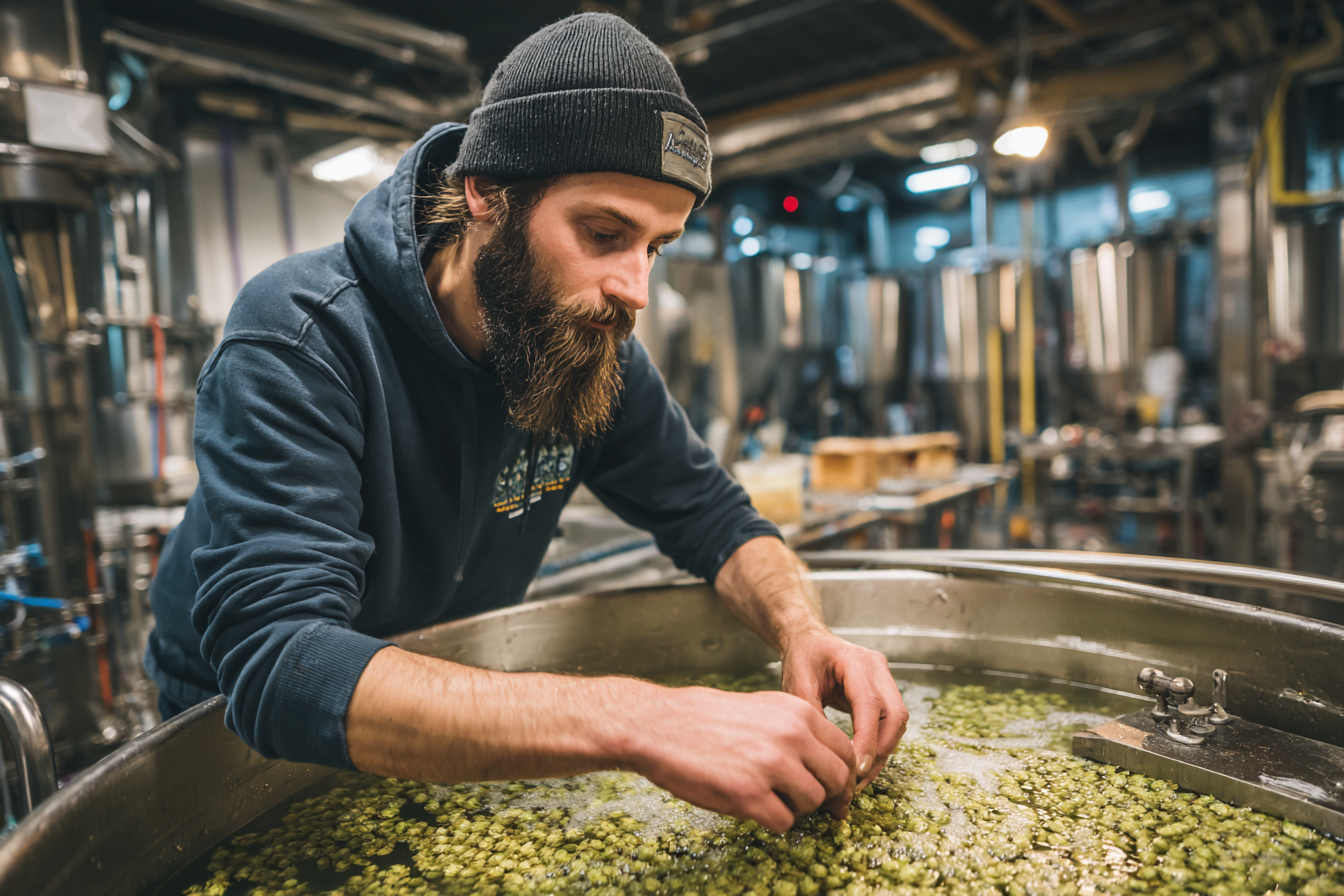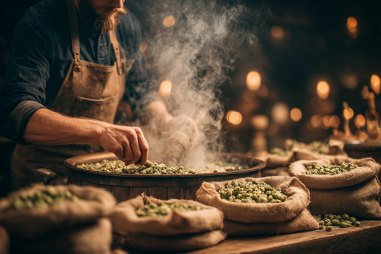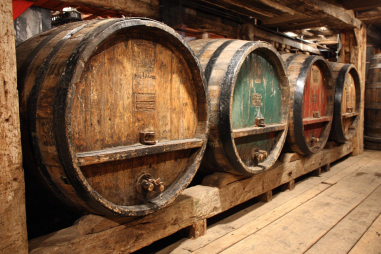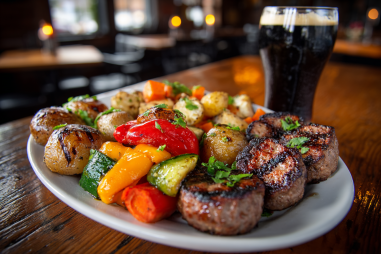The West Coast IPA has become one of the most celebrated beer styles among craft beer enthusiasts. Known for its bold hop character, pronounced bitterness, and clean finish, this style demands precision and attention throughout the brewing process. If you’ve ever wanted to brew your own West Coast IPA but felt overwhelmed by the techniques and ingredients, this step-by-step guide is here to help. From choosing the right malt and hops to fermentation nuances and dry hopping tactics, you’ll discover how to master every stage and create a beer that truly captures the essence of this iconic style.
Introduction to West Coast IPA
The West Coast IPA is a distinctly American beer style that originated on the West Coast of the United States, particularly California, in the late 20th century. Its hallmark characteristics include a bright golden to amber color, a crisp and dry body, intense hop bitterness, and vibrant piney, resinous, and citrusy hop aromas. Unlike the hazy New England IPA, the West Coast IPA is clear and showcases hops at their most bold and unapologetic. This beer style celebrates American hop varieties like Centennial, Cascade, Simcoe, and Amarillo, emphasizing their flavors and aromas while maintaining a balanced malt backbone.
Essential Ingredients: Malt, Hops, Yeast, and Water
Every great West Coast IPA begins with quality ingredients. Let’s break down the essentials:
- Malt: The malt bill for West Coast IPAs is usually simple and light, primarily utilizing pale malts such as 2-Row or Pilsner malt. Some recipes might include a touch of crystal malt (around 5-10%) to add slight caramel notes and body, but the intent is to keep the beer crisp and dry rather than malty sweet.
- Hops: The defining feature — hops provide bitterness, flavor, and aroma. Popular hop varieties include Cascade, Centennial, Chinook, Columbus, Simcoe, Amarillo, and Citra. Each contributes different profiles such as pine, resin, citrus, floral, or tropical fruit. Using a combination helps create complexity.
- Yeast: A clean-fermenting American ale yeast strain is essential. Yeast like Wyeast 1056 or White Labs WLP001 helps keep the beer dry and lets the hops shine without adding unwanted fruity esters.
- Water: Water chemistry is critical for bringing out the signature bright bitterness of a West Coast IPA. High sulfate levels enhance hop bitterness and crispness, so brewers often adjust their water to achieve a sulfate-to-chloride ratio favoring sulfate.
Mashing and Wort Boiling Techniques
The mashing process in West Coast IPA brewing usually targets a moderately low mash temperature, typically around 148-152°F (64-67°C), to produce a fermentable wort. This results in a drier finish, which is crucial for balancing the intense hop bitterness.
Once mashing is complete, the wort is boiled vigorously, generally for 60 minutes. This boil serves multiple purposes — it sterilizes the wort, extracts bitterness from hops, and drives off unwanted volatile compounds. Careful attention is paid to reduce boil times and avoid excessive caramelization of sugars, which could alter the clean malt backbone.
Hop Additions and Timing for Bitterness and Aroma
Hop additions and their timing during the brewing process are what define the flavor profile of the West Coast IPA.
- Early additions (60 minutes): Primarily for bitterness, hops added at the start of the boil contribute alpha acids that isomerize to create the beer’s sharp bitterness.
- Mid-boil additions (15-30 minutes): These hops contribute both bitterness and flavor but less aroma due to volatilization during the boil.
- Late additions (0-10 minutes): Added near the end of the boil or at flameout, these hops preserve volatile aromatic oils that provide citrus, pine, and floral notes.
Proper timing is critical since overboiling late hop additions can dissipate aromas, while insufficient bitterness will leave the IPA flat. Many West Coast IPA recipes call for a combination of pellet and whole-leaf hops to maximize flavor extraction.
Fermentation Tips Specific to West Coast IPA
Fermentation is an important stage where yeast character and fermentation conditions impact the clarity and taste. For a West Coast IPA, choose a yeast strain that produces a clean profile free of fruity esters or phenols to allow hops to take center stage.
Keeping fermentation temperature stable and relatively cool (around 65-68°F or 18-20°C) helps minimize off-flavors and excessive ester production. Using a yeast starter can ensure a healthy yeast population, reducing lag time and improving attenuation for dryness.
Dry Hopping Methods for Enhanced Aroma
Dry hopping is critical for boosting aroma without adding more bitterness. For West Coast IPAs, dry hopping typically occurs after primary fermentation when the yeast activity has slowed, usually during secondary fermentation or conditioning.
Several dry hopping techniques exist:
- Single dry hop: Adding all hops at once to impart a strong aromatic burst.
- Double dry hop: Splitting the hop additions between two timed stages to build complexity and freshness.
- Cold crashing and dry hopping: Lowering the beer temperature before dry hopping to encourage hop particles to settle quickly, improving clarity.
Use fresh, aromatic hops here and avoid excessive quantities that can lead to grassy off-flavors or excessive polyphenols causing haze.
Packaging and Conditioning
Once dry hopping and fermentation are complete, it’s time to package the beer. West Coast IPAs are usually conditioned briefly to allow the beer to settle and mellow out rough edges, typically 1-2 weeks at cold temperatures.
Packaging options include:
- Bottling: Carbonate naturally with priming sugar or force carbonate in kegs. Ensure minimal oxygen exposure to preserve hop freshness.
- Kegging: Allows quicker conditioning and better flavor preservation through controlled carbonation.
Maintaining sanitary practices and controlling oxygen exposure during packaging helps maintain aroma integrity and shelf stability.
Common Troubleshooting and Quality Tips
Brewing a West Coast IPA can present some challenges. Here are common issues and tips to maintain quality:
- Excessive bitterness: Adjust hop quantities or timing, and check kettle boil vigor to avoid over-extraction.
- Hazy or cloudy beer: Use proper cold crashing and fining agents if desired to clarify the beer. Also, control dry hop quantities and timing to minimize haze.
- Off-flavors: Maintain sanitary conditions and ferment within yeast temperature guidelines to avoid unwanted flavors like diacetyl or acetaldehyde.
- Flat or dull aroma: Use fresh hops, dry hop properly, and package quickly to retain aromatic oils.
Brewing Your Own West Coast IPA
Brewing a West Coast IPA is both an art and science that demands a respect for ingredients, timing, and process control. By focusing on a clean malt profile, layering hop bitterness and aroma at the right stages, and managing fermentation carefully, you’ll unlock the bold, crisp, and piney character that defines this iconic beer style.
Don’t be intimidated by the process. Start small, experiment with different hop combinations and timing, and keep detailed notes of your batches. Over time, you’ll refine your technique to craft IPAs that rival those from the best West Coast breweries. So grab your brew kettle, a sack of hops, and get ready to enjoy the satisfying journey of creating a stellar West Coast IPA right at home.







